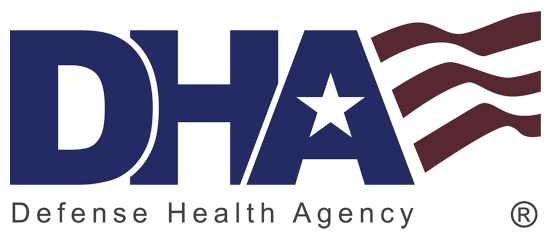Kathy Lee, director of Department of Defense policy for Warfighter Brain Health, spoke in Poland on March 15, 2024, about traumatic brain injury and military readiness at a U.S.-Ukraine medical symposium on brain health.
The symposium was dedicated to addressing the comprehensive spectrum of brain health, encompassing both traumatic brain injury and mental health challenges. The objectives were to evaluate brain health in the context of the war in Ukraine, identify critical issues affecting patient outcomes, develop integrated brain health strategies for improvement, and enhance brain health science international cooperation.
The DOD defines U.S. warfighter brain health as the physical, psychological, and cognitive status that affects a warfighter's capacity to function adaptively in any environment and impacts readiness, operational capability, mission effectiveness, and the goal to achieve overmatch or superior lethality.
Lee discussed the TBI pathway of care in the field and at military hospitals and clinics. These include:
- Standardizing clinical tools and clinical recommendations
- Implementing comprehensive education and training activities to all key stakeholders
- Establishing and enforcing policy to ensure compliance and maintain oversight
- Translating research findings into the field to further improve care
Since 2000, there have been 492,167 service members diagnosed with TBIs, Lee said. Of those, 82.2% were deemed mild, followed by 11.4% moderate, 1% severe and 1.2% penetrating (4.2% non-classifiable). Most came from active-duty service members, and the Military Health System sees an estimated 14,000 to 17,000 visits per month for TBI, she said. What’s more, 15–30% of active-duty service members experience long-term symptoms from TBI, she said.
Mild TBI in the Field
In a second presentation, Lee emphasized lessons from the field for mild TBI, more commonly known as concussion.
Lee told the audience the DOD has “widespread awareness concerning events that could lead to a concussion or mild traumatic brain injury” in combat settings.
Examples of occupational hazards include heavy arms fire, missile and tank fire, and training or breaching exercises that can expose service members or their instructors to blast overpressure. Blast overpressure is the “wave” that is felt after firing a weapon or munition. When a blast overpressure wave occurs, there can be some impacts that affect thinking skills, balance changes and other brain health issues.
Warfighters in deployed settings and exposed to a potentially concussive event—including even a single blast exposure—require a mandatory medical evaluation and 24 hours for monitoring and rest and reporting, Lee said.
The criteria for a mandatory medical evaluation include:
- Involvement in a vehicle blast event, collision, or rollover
- Presence within 50 meters of a blast (inside or outside)
- Direct blow to the head or witnessed loss of consciousness
- Exposure to more than one blast event when the commander will direct a medical evaluation
Lee also discussed screening for concussion using the MACE 2 field assessment toolview or download the document and required neurological assessments that test overall sensory and motor functions. These assessments include:
- Speech fluency
- Word finding
- Grip strength
- Pronator drift
- Single leg stance
- Tandem gait
- Pupil response
- Eye tracking
The symposium audience also heard about vestibular-ocular-motor screeningdownload or view the PDF techniques, symptom clusters that may appear after mild TBI, and the stages of progressive return to activity and return to duty.
Overall, the bilateral exchange promotes care protocols for brain injury, helps expand care capacity and patient transfers, and works to drive modernization for screening processes, training, and care practices.
“The symposium provided a unique and valuable opportunity to share lessons learned from key brain health areas that affect the readiness and performance of warfighters from the Ukraine and the United States,” said Lee.
The WBHopens Defense.govI was codified as a program in the summer of 2022 and continues its mission to assess, monitor, minimize risk, understand the impacts of TBI, and improve warfighter performance and readiness.
Original article: https://health.mil/News/Dvids-Articles/2024/03/29/news467375
